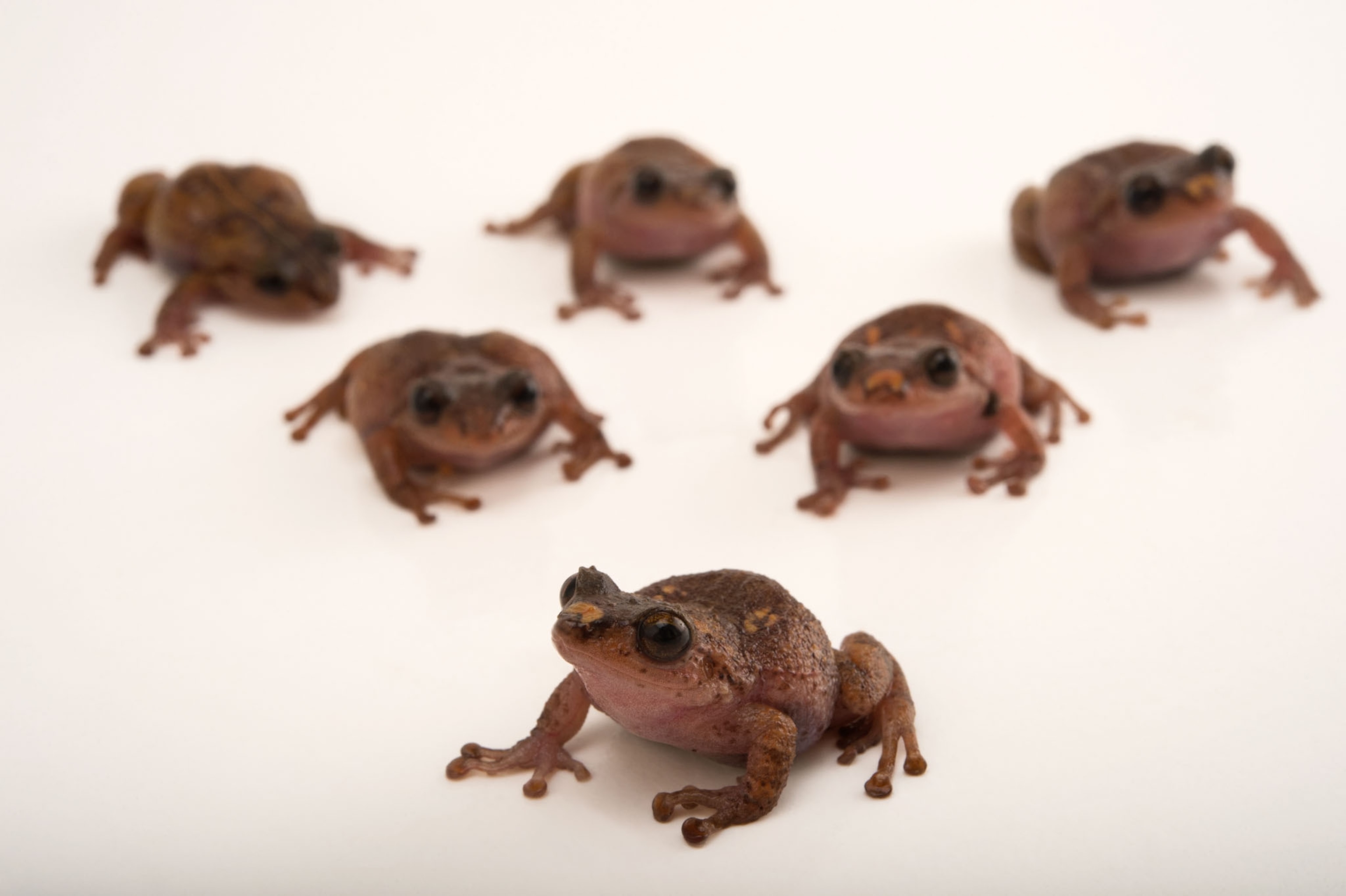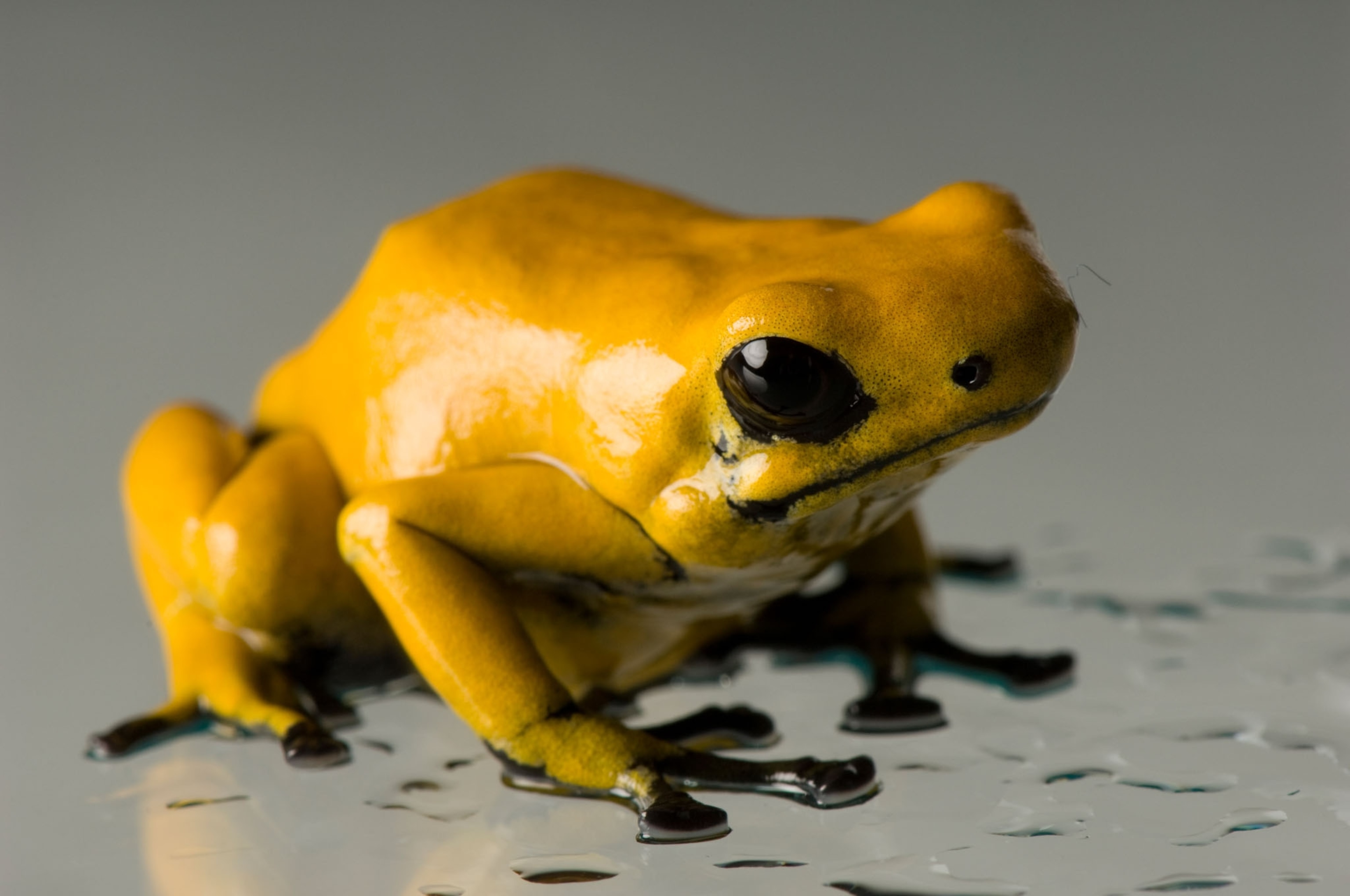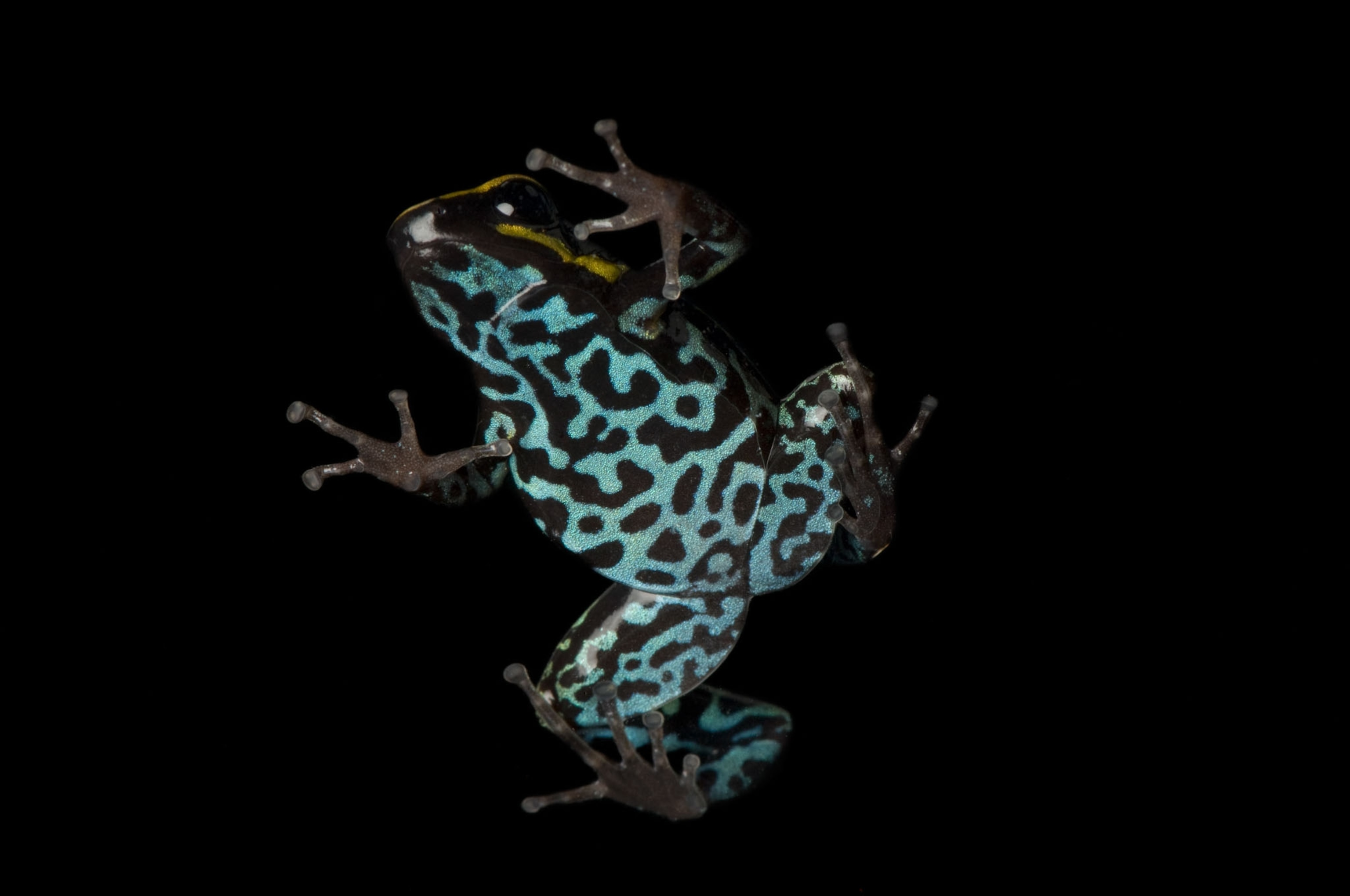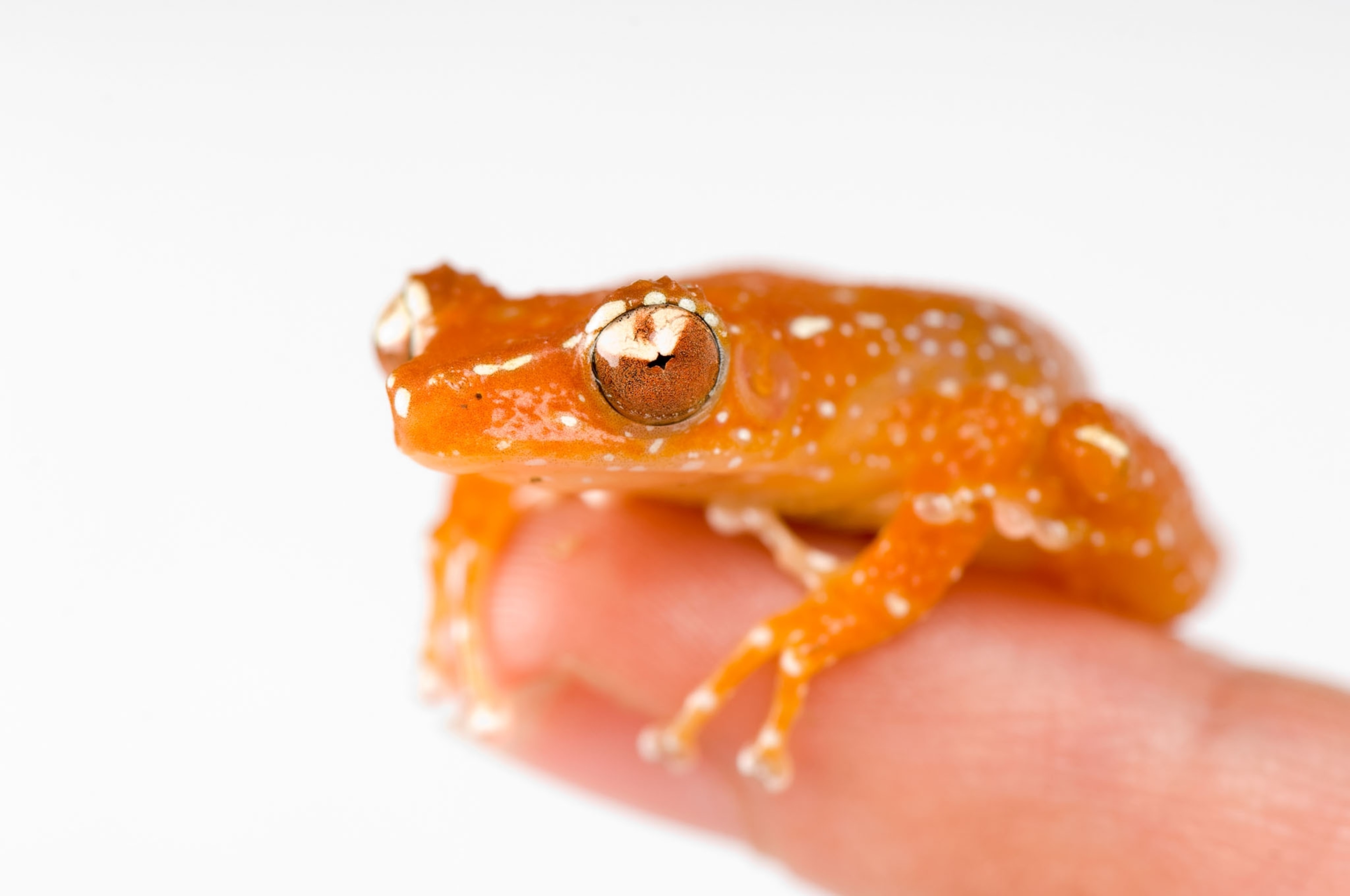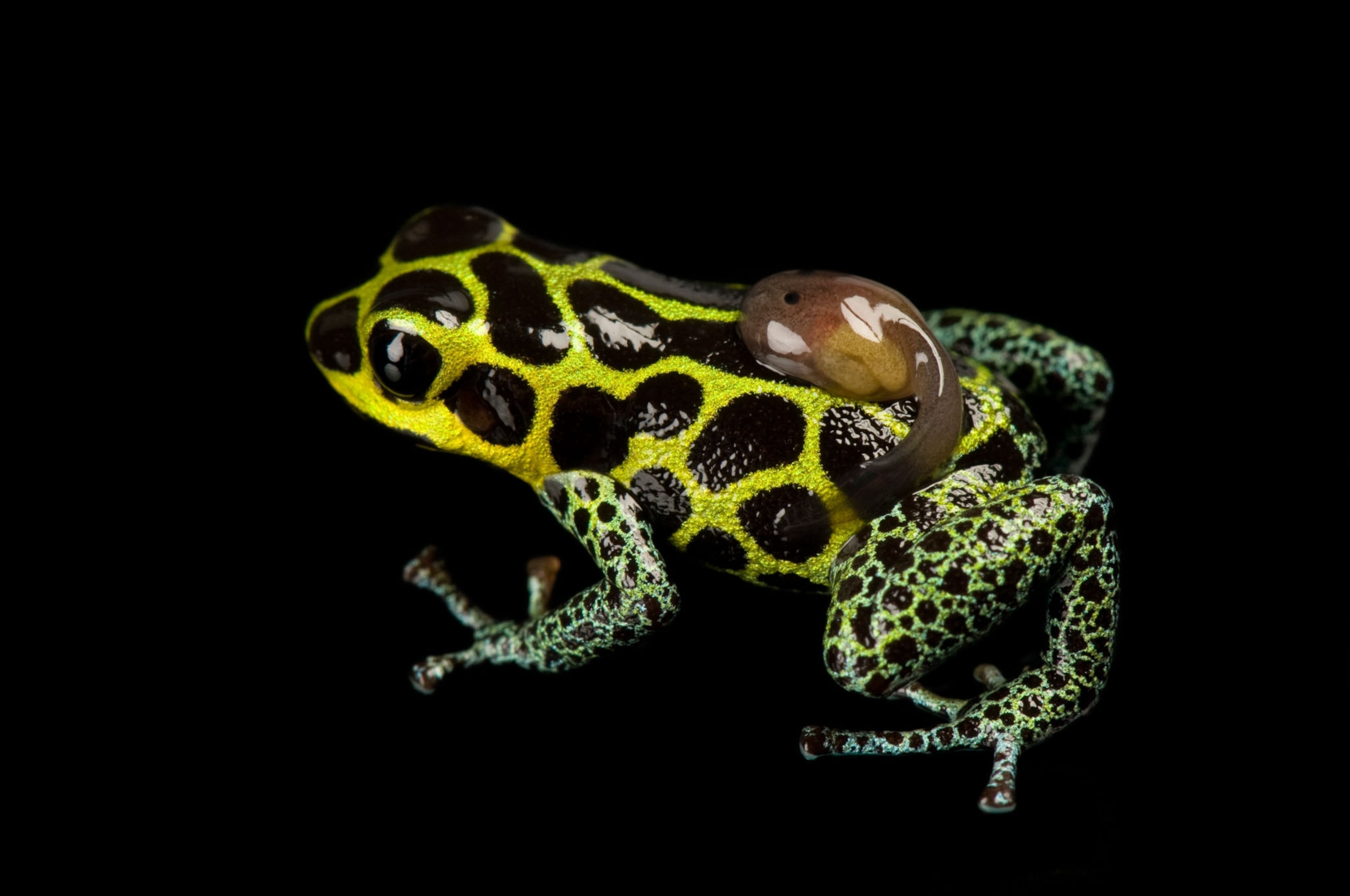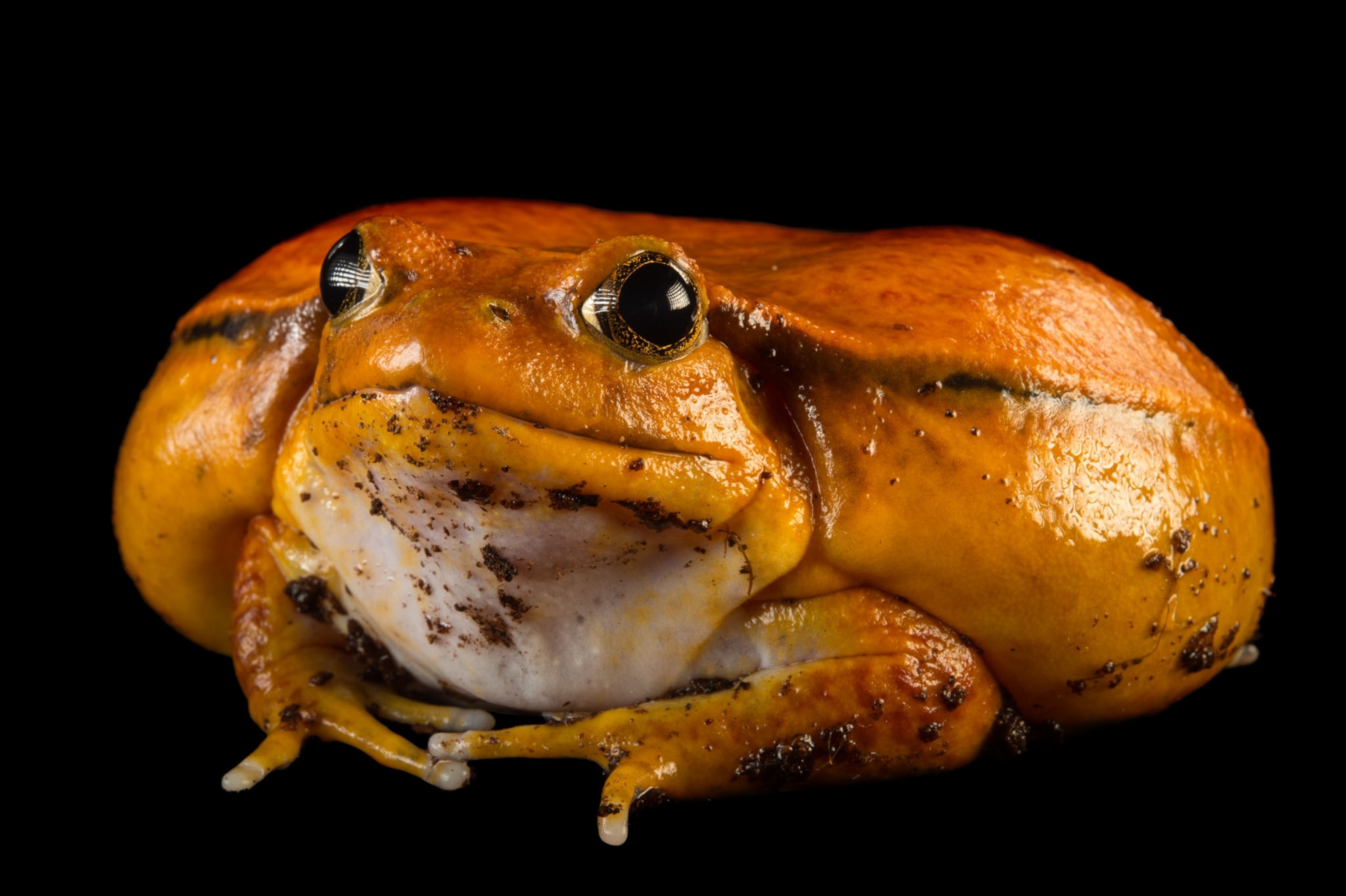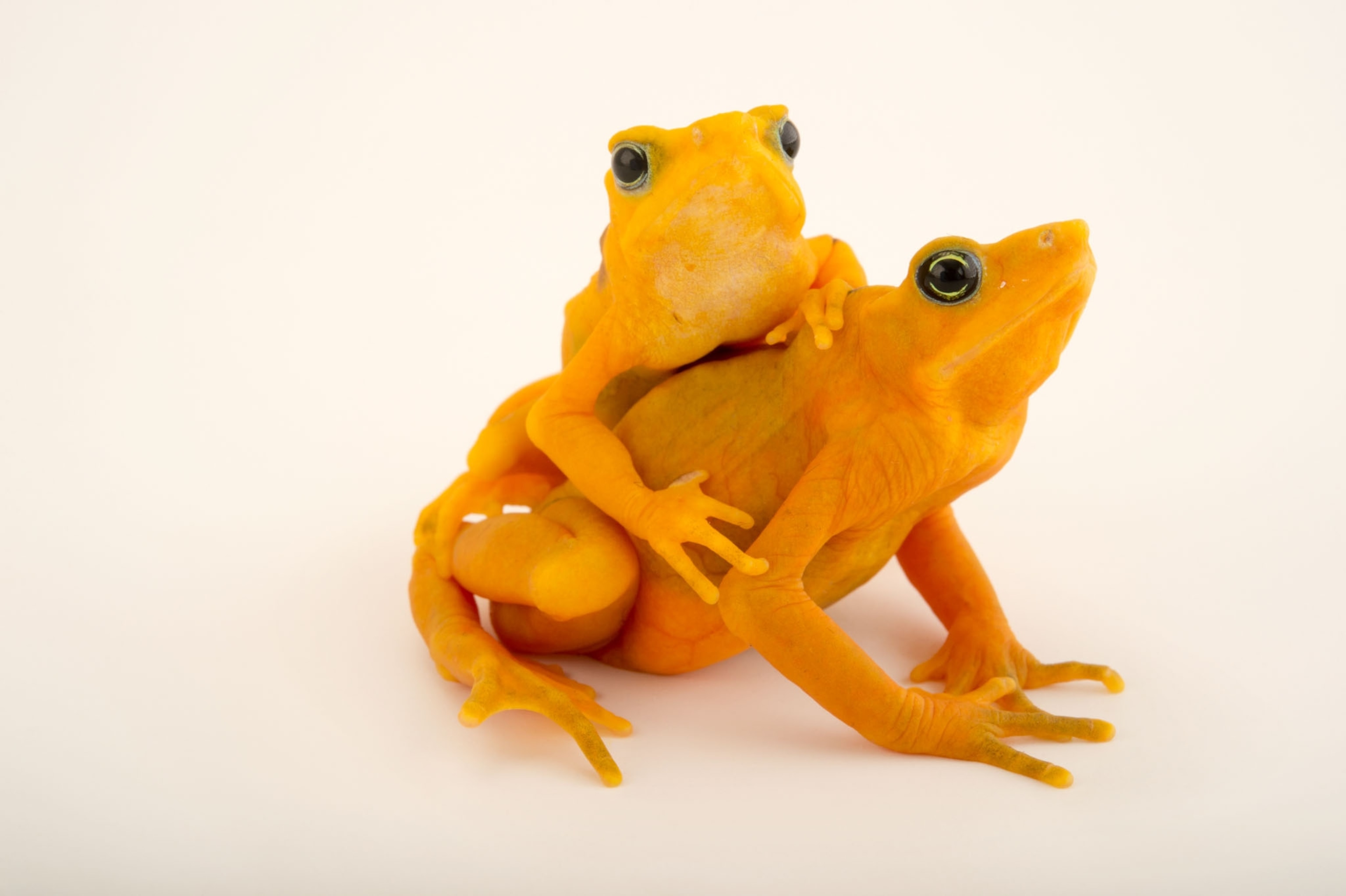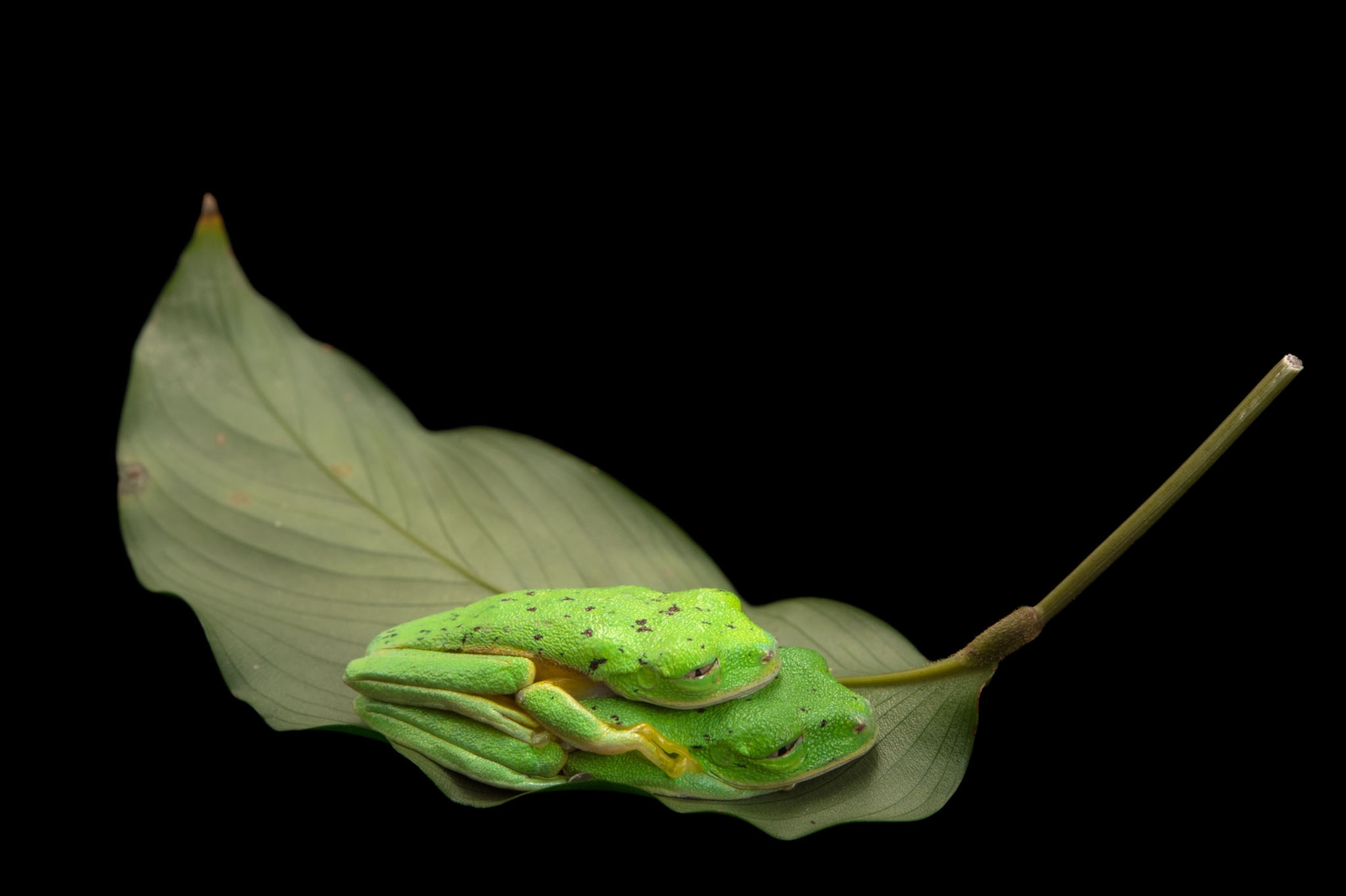13 Gorgeous Pictures Remind Us Why Frogs Need Our Help
Found from the Arctic to the Amazon, frogs are highly adaptable—but habitat loss and disease are silencing species worldwide.
Hopping the Earth for a whopping 190 million years, frogs have figured out how to adapt to just about any climate imaginable.
If there's water, there will be frogs, and there are roughly 4,740 known species, which live on every continent except Antarctica. For instance, the wood frog, which lives north of the Arctic Circle, can survive being frozen alive. Their hearts and lungs stop functioning for up to weeks at a time, until they eventually thaw out and return to normal.
Hardy as they are, frogs are also vulnerable to changes in their environment. That's because, when submerged, the aquatic creatures breathe through their thin, permeable skin, which makes them susceptible to shifts in water temperature and pollution. (See "Striking Yellow-Black Rain Frog Found, Is Already Endangered.")
About 200 frog species have gone extinct since the 1970s, including the Rabb’s fringe-limbed tree frog just last year. This rapid die-off is due to habitat loss, water pollution, and the deadly chytrid fungus, among other causes.
Scientists predict that many more frog species could go extinct in the next decade. That's why nonprofit organizations such as the California-based Save the Frogs are working to keep these animals alive, for instance by educating children about the importance of frogs and creating more frog-friendly habitats. (Read about vanishing amphibians in National Geographic magazine.)
For Save the Frogs Day, April 29, we put together our best photos of these cold-blooded cuties.

